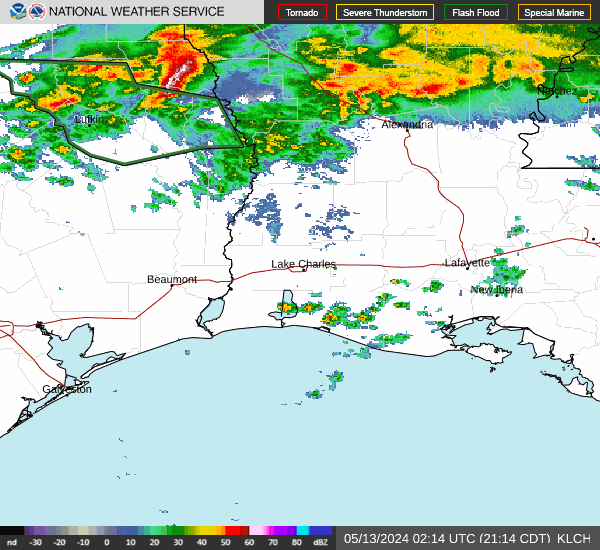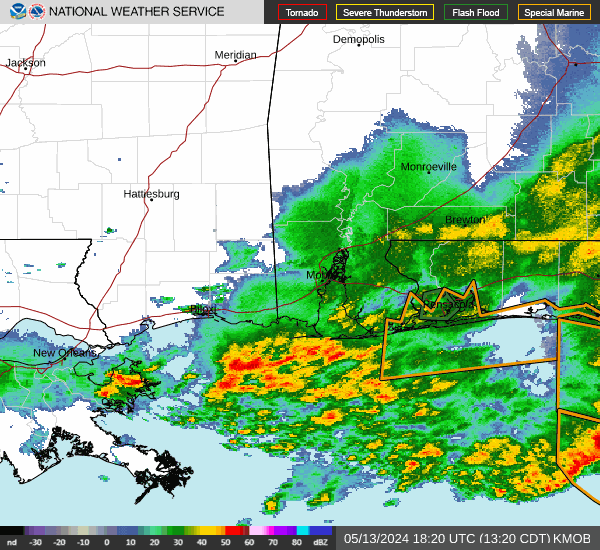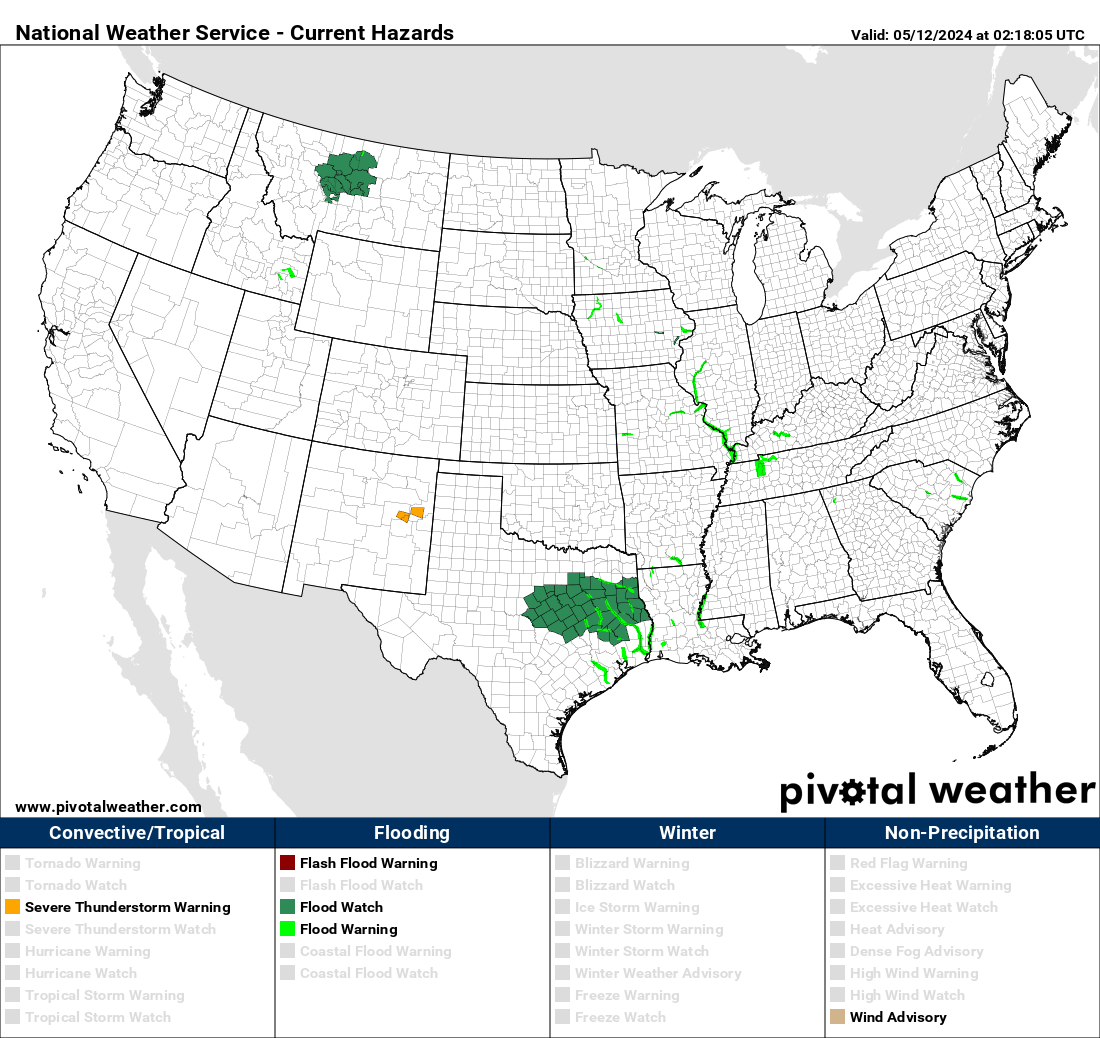Post by SKYSUMMIT on Jul 31, 2014 21:22:05 GMT -6
TROPICAL STORM BERTHA DISCUSSION NUMBER 1
NWS NATIONAL HURRICANE CENTER MIAMI FL AL032014
1100 PM AST THU JUL 31 2014
Reports from an Air Force Reserve reconnaissance aircraft earlier
this afternoon and evening indicated that the well-defined low
pressure system located about 250 nmi east-southeast of Barbados had
surface winds of about 40 kt north and northeast of the center.
Since the departure of the aircraft, a band of deep convection has
developed near and to the north and east of the low-level center,
and now has enough organization to consider this system a tropical
cyclone.
The initial motion estimate is 290/17 kt. Bertha is moving along
the southern periphery of a strong subtropical ridge located to the
north based on earlier dropsonde data obtained by a NOAA
Gulfstream-IV jet aircraft. The NHC model guidance is in excellent
agreement on the cyclone maintaining a general west-northwestward
motion for the next 48 hours or so, followed by a gradual turn
toward the northwest after that through 96 hours. By Day 5, Bertha
is expected to turn northward as it moves around the western portion
of the ridge. The official forecast track is similar to but slightly
north of the consensus model, TVCA.
The environment surrounding Bertha is not particularly favorable
for significant strengthening during the next two days due
to modest westerly shear and limited mid-level moisture. However,
the cyclone will be moving over increasing SSTs and within an
upper-level atmosphere that is slightly cooler than normal. The
resultant increase in instability could allow for some slight
strengthening to occur before Bertha interacts with Puerto Rico
and eastern Hispaniola in about 48 hours or so. After the cyclone
clears land, some slight re-strengthening is possible based on the
SHIPS model indicating that the vertical shear decreasing to less
than 10 kt and SSTs increasing to near 29C. The NHC intensity
forecast is similar to the consensus model ICON.
FORECAST POSITIONS AND MAX WINDS
INIT 01/0300Z 12.3N 55.5W 40 KT 45 MPH
12H 01/1200Z 13.2N 58.0W 40 KT 45 MPH
24H 02/0000Z 14.5N 61.4W 40 KT 45 MPH
36H 02/1200Z 16.1N 64.7W 45 KT 50 MPH
48H 03/0000Z 17.9N 67.9W 45 KT 50 MPH
72H 04/0000Z 22.0N 73.0W 35 KT 40 MPH
96H 05/0000Z 26.8N 75.2W 40 KT 45 MPH
120H 06/0000Z 32.0N 74.7W 45 KT 50 MPH
$$
Forecaster Stewart
NWS NATIONAL HURRICANE CENTER MIAMI FL AL032014
1100 PM AST THU JUL 31 2014
Reports from an Air Force Reserve reconnaissance aircraft earlier
this afternoon and evening indicated that the well-defined low
pressure system located about 250 nmi east-southeast of Barbados had
surface winds of about 40 kt north and northeast of the center.
Since the departure of the aircraft, a band of deep convection has
developed near and to the north and east of the low-level center,
and now has enough organization to consider this system a tropical
cyclone.
The initial motion estimate is 290/17 kt. Bertha is moving along
the southern periphery of a strong subtropical ridge located to the
north based on earlier dropsonde data obtained by a NOAA
Gulfstream-IV jet aircraft. The NHC model guidance is in excellent
agreement on the cyclone maintaining a general west-northwestward
motion for the next 48 hours or so, followed by a gradual turn
toward the northwest after that through 96 hours. By Day 5, Bertha
is expected to turn northward as it moves around the western portion
of the ridge. The official forecast track is similar to but slightly
north of the consensus model, TVCA.
The environment surrounding Bertha is not particularly favorable
for significant strengthening during the next two days due
to modest westerly shear and limited mid-level moisture. However,
the cyclone will be moving over increasing SSTs and within an
upper-level atmosphere that is slightly cooler than normal. The
resultant increase in instability could allow for some slight
strengthening to occur before Bertha interacts with Puerto Rico
and eastern Hispaniola in about 48 hours or so. After the cyclone
clears land, some slight re-strengthening is possible based on the
SHIPS model indicating that the vertical shear decreasing to less
than 10 kt and SSTs increasing to near 29C. The NHC intensity
forecast is similar to the consensus model ICON.
FORECAST POSITIONS AND MAX WINDS
INIT 01/0300Z 12.3N 55.5W 40 KT 45 MPH
12H 01/1200Z 13.2N 58.0W 40 KT 45 MPH
24H 02/0000Z 14.5N 61.4W 40 KT 45 MPH
36H 02/1200Z 16.1N 64.7W 45 KT 50 MPH
48H 03/0000Z 17.9N 67.9W 45 KT 50 MPH
72H 04/0000Z 22.0N 73.0W 35 KT 40 MPH
96H 05/0000Z 26.8N 75.2W 40 KT 45 MPH
120H 06/0000Z 32.0N 74.7W 45 KT 50 MPH
$$
Forecaster Stewart















